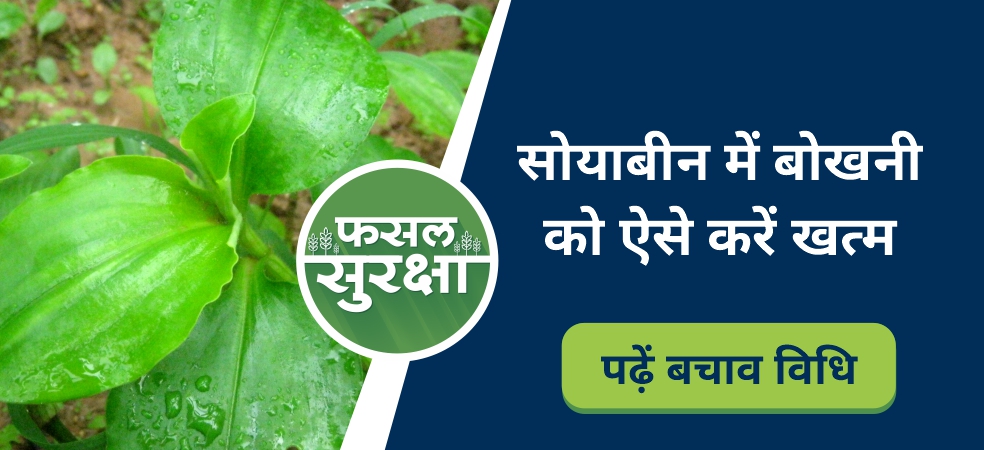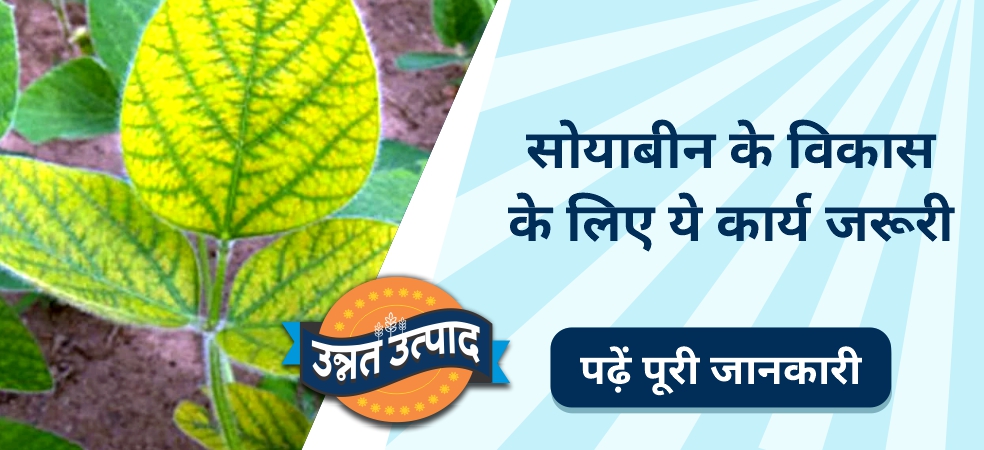There has been a lot of change in the agriculture sector in the last few years. Traditional farming has taken the form of modern farming with the saving of both time and labor. Connecting with modernity, farmers are earning a lot of profit through the cultivation of fruits and vegetables. On the other hand, if they are selected wisely, then good earnings can be made with bumper yields.
One of these is the pineapple crop. Which is cultivated for twelve months of the year. In such a situation, cultivating this fruit is a profitable deal. Although in India, traditional pineapple cultivation is done mainly in Andhra Pradesh, Tripura, Mizoram, West Bengal, Kerala and Assam. At the same time, pineapple cultivation has started in other states as well.
Climate and soil required for farming
For the cultivation of pineapple, sandy loam or sandy loam should be there. Also, the pH of the soil for its better yield. Levels 5 to 6 should be in between. That is to say, it is necessary to have a warm climate with sufficient moisture and humidity for good yield. Let us tell you that in such hot areas, pineapple can be cultivated throughout the year. However, in other areas, it can be cultivated twice a year. The first crop can be sown between January to March and the second crop can be sown between May and July.
In one hectare of land, 16 to 17 thousand pineapple plants can be planted at a time. From which about 3 to 4 tons of fruit is obtained. The market price of which is 150 to 200 rupees per kg. At the same time, the weight of one fruit of pineapple is close to 2 kg. On the other hand, Indian pineapple is in great demand all over the world. In such a situation, farmer brothers can earn good profits by cultivating pineapple in one go.
Source: YS
For information related to beneficial government schemes related to agriculture and farmers, read the articles of Gramophone daily. Don’t forget to share this article with your friends using the share button below.
Share










